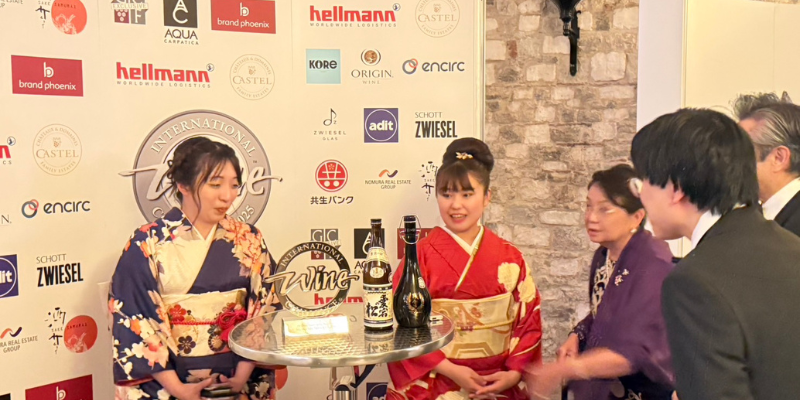Sake, a traditional Japanese beverage made from fermented rice, has been enjoyed for centuries by people around the world. However, the sake brewing industry in Japan has faced several challenges in recent years, as indicated by survey data from the National Tax Agency of Japan.
Here are some key insights from the survey data:
- Over half of the sake breweries struggle to generate profits.
- The gap between large and small sake breweries is widening.
- Only a small portion of breweries (100) are still employing seasonal brewmasters.
- On average, the material cost (mainly sake rice) is 26% of the COGS.
Situation of Sake Brewing
Sake Breweries' Financial Performance
Over 56% of sake producers in Japan show no profits or minimal earnings, while over 50% of the breweries are even in the loss zone. This indicates that the industry as a whole is struggling, with many breweries facing financial difficulties.

The Gap between Big and Small Sake Breweries
The survey data also highlights a significant gap between large and small breweries. On average, large breweries generate up to 271 million yen in profits, while small and medium breweries generate a profit of only 5 million yen.
Large breweries have larger sales and marketing departments with less brewing manpower due to higher levels of automation. On average, large breweries employ 153 people, with over 91 non-brewing staff, while small and medium breweries employ only 13 people, with 9 people involved in production.
Trend Away from Seasonal Brewmasters
Traditionally, the role of the seasonal brewmaster has been an essential part of sake production. However, the survey data suggests that this trend is changing. Only 100 breweries still use seasonal brewmasters, with either employed brewmasters or owner-family relatives leading most brewing.

High Material Costs - Mainly Sake Rice
The survey data also reveals significant differences in raw material cost ratios and margins between large and small breweries. Breweries that produce over 10,000kl per year only spend 22.1% on raw materials, mostly rice (77.8%). In contrast, smaller breweries spend up to 29% of their COGS on raw materials. Large breweries have higher margins with lower raw material cost ratios. The average gross margin in the sake industry is 37%.
Sake Brewery Industry Outlook
The financial challenges facing the sake brewing industry in Japan can be attributed to various factors, including changing consumer preferences, increasing competition from other alcoholic beverages, and rising production costs. In recent years, there has been a decline in domestic demand for sake, particularly among younger consumers, who are more interested in other alcoholic beverages like beer and wine. This trend has put pressure on the industry to adapt and innovate to remain relevant in the market.
Moreover, the rising costs of raw materials and labor have also contributed to the industry's financial difficulties. Rice, the primary raw material used in sake production, has become more expensive in recent years due to various factors, including climate change and changes in agricultural policies. At the same time, the cost of labor has also risen, making it challenging for small and medium-sized breweries to remain competitive.
Another factor that has contributed to the industry's financial struggles is the consolidation of the market. Large breweries that have the resources to invest in new technologies and marketing have a significant advantage over smaller breweries, which have limited resources to compete. As a result, many small and medium-sized breweries have been forced to shut down or merge with larger breweries to survive.
In addition, the COVID-19 pandemic has had a significant impact on the sake industry. The closure of bars and restaurants and the cancellation of large events such as festivals have led to a decrease in demand for sake, particularly premium sake which is often consumed in social settings.
Overall, the financial performance of the sake brewing industry in Japan remains a concern. However, the industry's rich history and tradition, coupled with increasing interest from international markets, present opportunities for growth and revival. With continued innovation and adaptation to changing market conditions, the industry can overcome its challenges and remain a vital part of Japan's cultural heritage.
If you're an importer interested in importing sake, now is the time to explore the rich and diverse world of Japanese sake. Despite the industry's financial struggles, sake remains an essential part of Japan's cultural heritage, with a history dating back centuries. By importing sake, you can introduce this unique and complex beverage to your customers and help support the industry's revival. Whether you're a seasoned importer or new to the industry, there has never been a better time to discover the unique flavors and varieties of Japanese sake. Contact us today to learn more about our selection of premium sake and how we can help you bring the taste of Japan to your customers.







